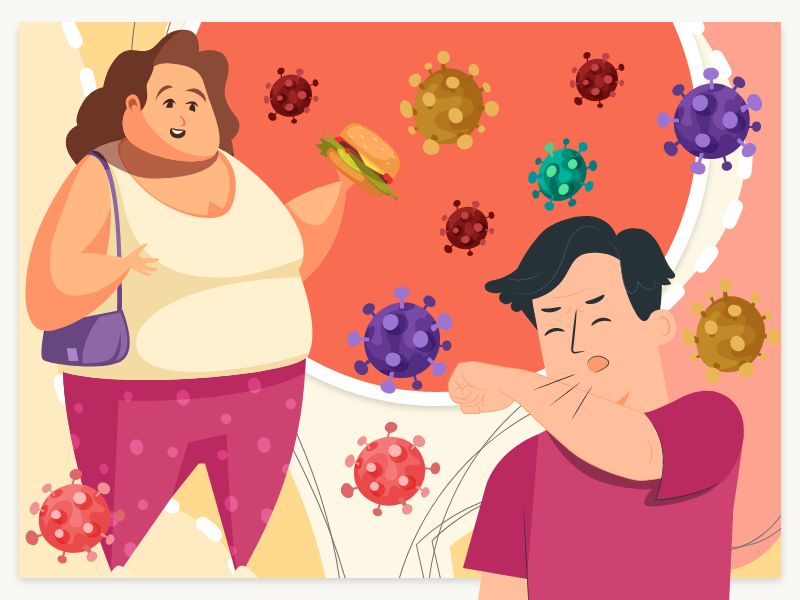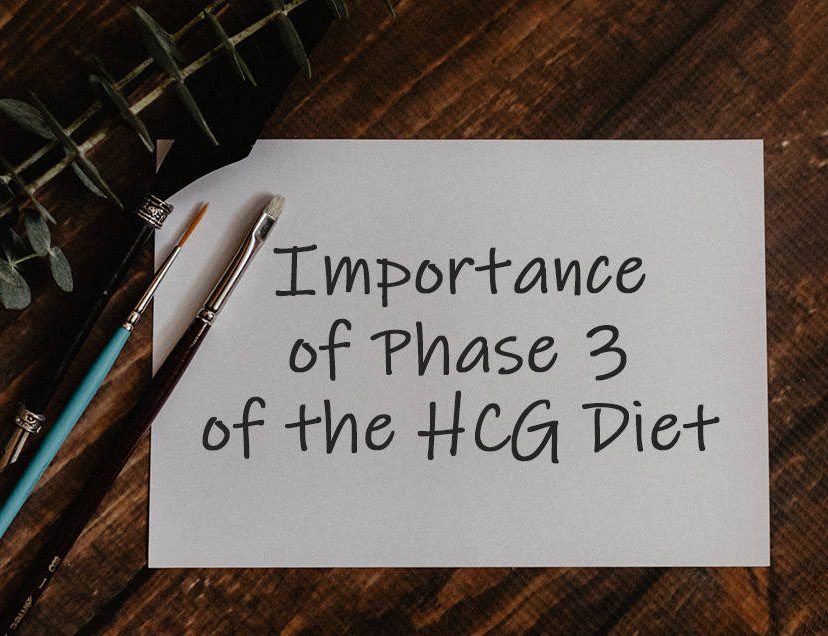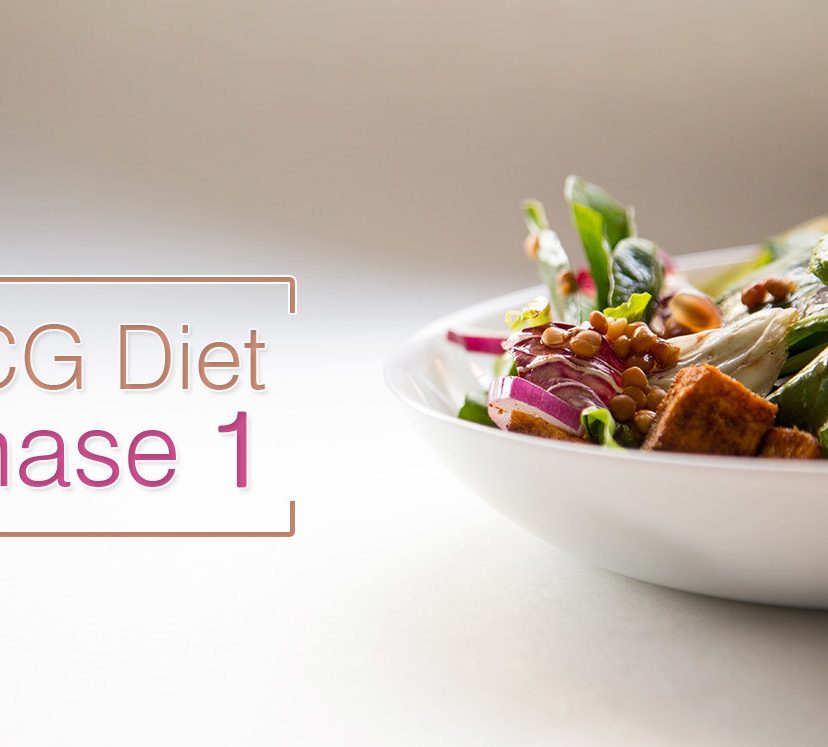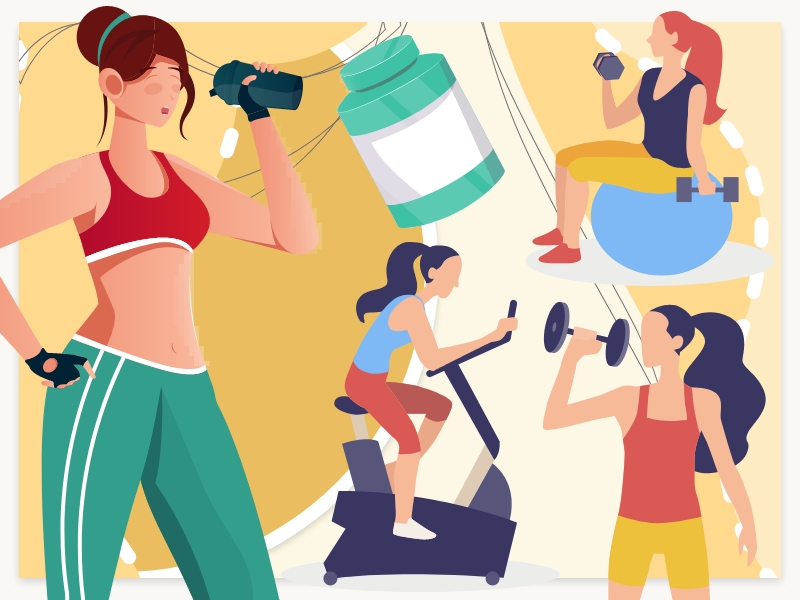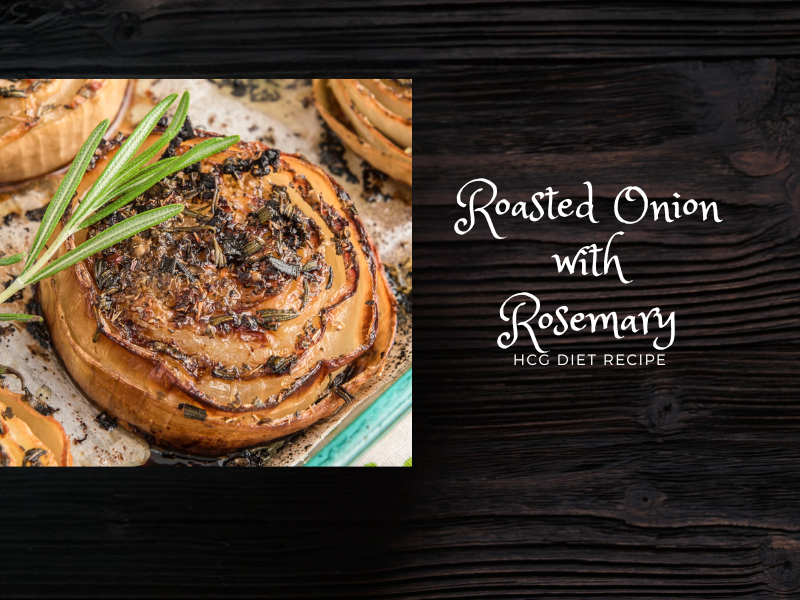Hunger on a Very Low-Calorie Phase of the HCG Diet
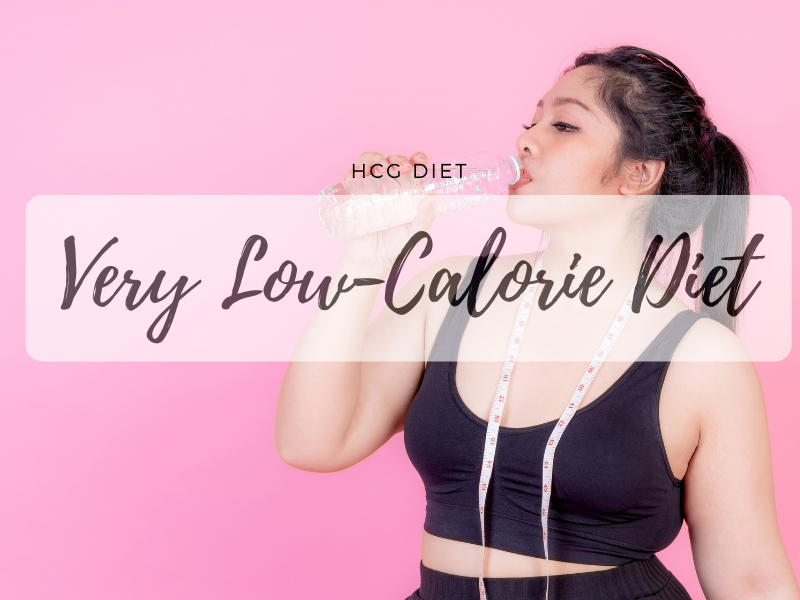
The VLCD phase of the HCG diet can be challenging for some individuals. This phase typically involves consuming significantly fewer calories than the body is accustomed to. Now the big question is- will I get hungry during the VLCD? Let’s find out.
The Very Low-Calorie Diet (VLCD) Phase
During the VLCD phase of the HCG diet, individuals consume a highly restricted calorie intake, typically ranging from 500 to 800 calories per day. This phase typically lasts for several weeks during which HCG injection is given daily. The goal of the VLCD phase is to ensure quick weight loss as much as possible without muscle loss and keep metabolic functions normal.
Will I Feel Hungry on a Very Low-Calorie Diet?
One of the most common concerns people have about the HCG diet is whether they will feel hungry when eating so few calories. While hunger may be present at first as the body adjusts to the lower calorie intake, many dieters report that it subsides over time, especially if the body enters ketosis.
Ketosis is a metabolic state in which the body utilizes stored fat for fuel in the absence of sufficient carbohydrates. By limiting carbohydrate intake during the VLCD phase, the body shifts from relying on glucose for energy to burning fat, which can help reduce feelings of hunger and increase satiety.
Furthermore, the HCG hormone may help suppress appetite and reduce hunger cravings. Proponents of the HCG diet say that the hormone resets the hypothalamus, the portion of the brain responsible for regulating hunger and metabolism, resulting in lower appetite and enhanced fat metabolism.
Approved HCG Diet Foods
Eating approved HCG diet foods can help manage hunger during the VLCD phase of the diet:
1. Lean proteins: Lean protein sources provide essential nutrients while helping to maintain muscle mass during weight loss. These include chicken breast, fish, turkey, and lean beef. Shellfish are all allowed on the HCG diet.
2. Non-starchy vegetables: Vegetables such as spinach, lettuce, cucumbers, tomatoes, and broccoli are low in calories and carbohydrates, making them ideal choices for the VLCD phase. Eating these foods in their whole form can help to increase satiety and reduce feelings of hunger.
3. Fruits: While fruit intake is limited due to their natural sugar content, small servings of berries, apples, and citrus fruits are permitted on the HCG diet.
4. Grains and starches: Grains, pasta, bread, and starchy vegetables are restricted to minimize calorie intake and promote ketosis.
Managing Hunger Pangs
While hunger may be present initially during the VLCD phase of the HCG diet, there are strategies to help manage hunger pangs and cravings:
1. Stay hydrated: Drinking enough water throughout the day will help you feel less hungry and more full.
2. Incorporate fiber: Non-starchy vegetables and fruits are high in dietary fiber, which can boost feelings of fullness and improve digestion.
3. Space out meals: Eating smaller, more frequent meals throughout the day can help prevent hunger and maintain blood sugar levels.
4. Choose nutrient-dense foods: To meet your nutritional demands while adhering to the VLCD, eat foods that are high in nutrients and low in calories.

